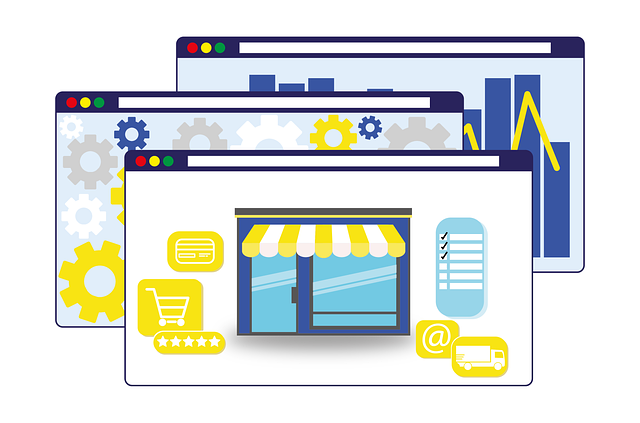Competitive comparisons serve vendors seeking to learn from the best practices and trappings of their peers, as well as buyers seeking to make the most appropriate software selection decisions.
Whether someone is signing up for your product (freemium version, free trial or paid plan), engaging in a demo, downloading an asset or contacting your sales organization for more information, your pricing page is the place where customers are digitally convinced to shift themselves into your marketing and sales pipeline.
Whether someone is signing up for your product (freemium version, free trial or paid plan), engaging in a demo, downloading an asset or contacting your sales organization for more information, your pricing page is the place where customers are digitally convinced to shift themselves into your marketing and sales pipeline.
If you’re a founder, solo product marketer, and/or a specialized competitive or pricing professional on a small product marketing team, we feel your pain. You are short on resources and time. Large primary research studies are great, but they carry costs and effort levels that you just can’t dedicate to them. You need to make quick strategy decisions using as much data as can be reasonably collected and be willing to implement, iterate, succeed, fail and start all over again.
Our top 10 tips that all SaaS vendors, regardless of size and/or category, can consider implementing to optimize their SaaS pricing pages for conversion
Breaking down the prevailing SaaS pricing models used in the market today, and exploring what most analysts get wrong about them
While a value-based pricing strategy remains the best way to build a future-proof pricing program that supports financial goals, competitor research remains just as important to the overall strategy.
Value-based pricing strategies are undeniably successful and the appropriate path forward for most SaaS vendors. However, there’s a fundamental challenge for startup founders specifically: Value-based pricing strategy design requires a lot of data and research, which is cost prohibitive and time consuming for most early-stage companies.
To craft a representative comparison for SaaS pricing, you must consider differences in price points, pricing models, deal volume, packaging, tiering strategy, usage conditions, discounts, customer relationship and competitive bidding situations, among a multitude of other factors
For our purposes, usage-based pricing is a model in which customers pay for what they actually use or consume. Pricing is tied to a defined and clear usage metric, and customers are billed in arrears (usually monthly) for what they actually use.











 ©2022 XaaS Pricing. All rights reserved.
©2022 XaaS Pricing. All rights reserved.